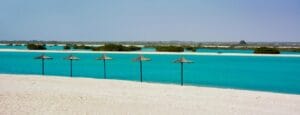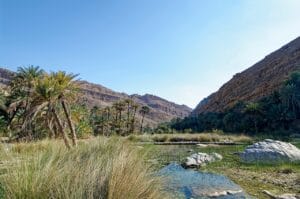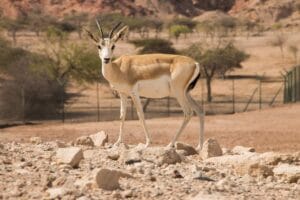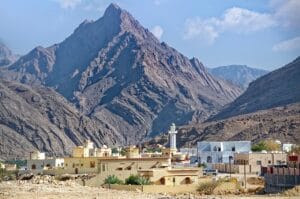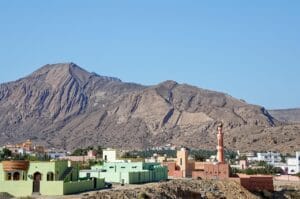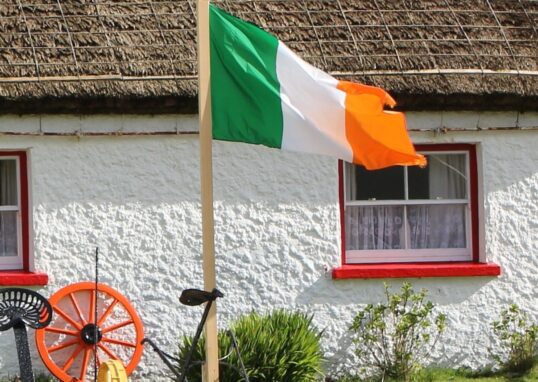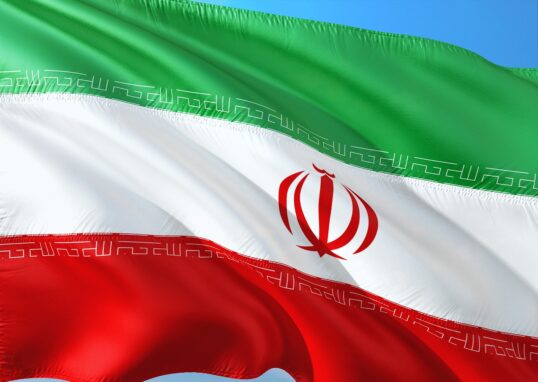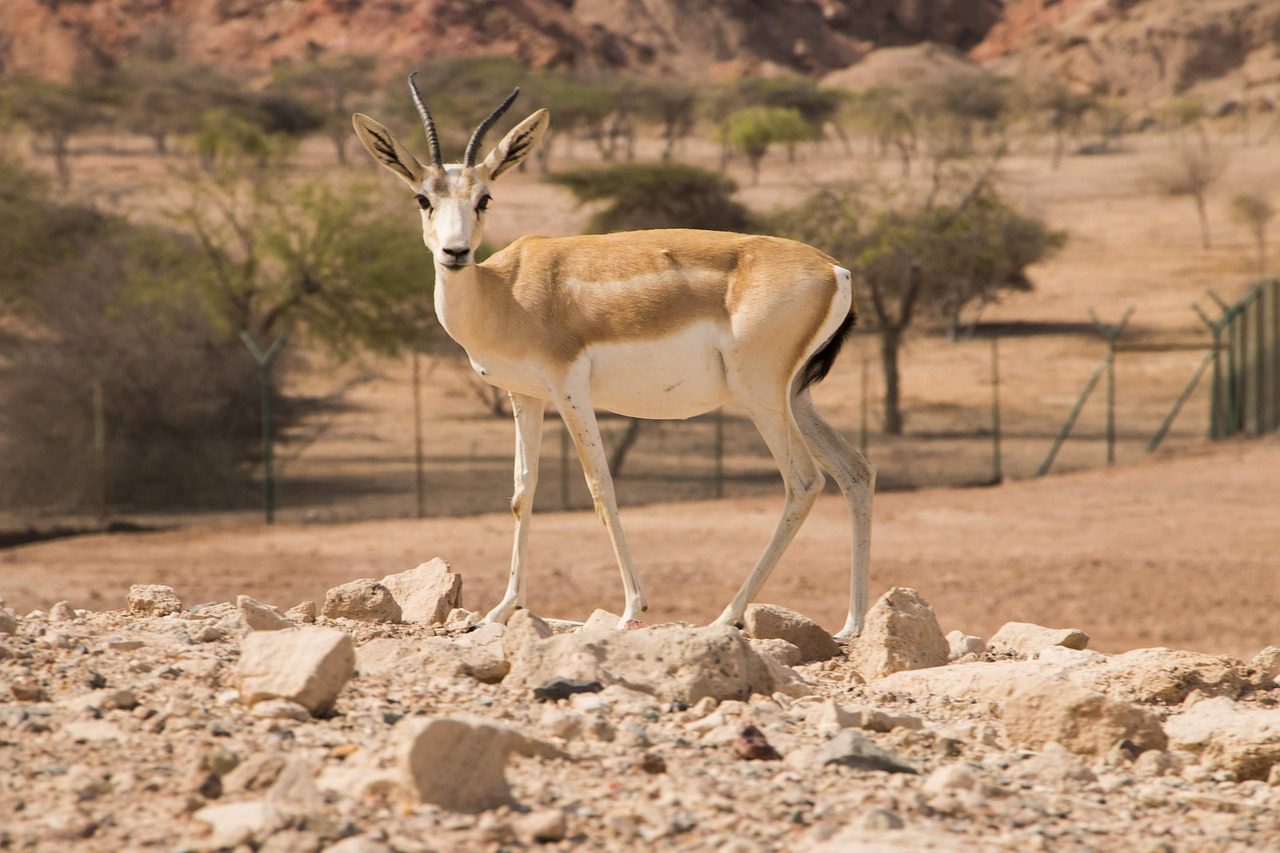
🌍 Uruq Bani Ma’arid: A Desert World Heritage Site in Saudi Arabia
Saudi Arabia is gifted with vast deserts, ancient cultures, and hidden treasures. Among its wonders is Uruq Bani Ma’arid, a desert reserve that says it all about survival, nature, and history. It lies close to the west border of the Empty Quarter (Rub’ al Khali), the largest sand desert in the world. In 2023, UNESCO added Uruq Bani Ma’arid to the World Heritage List. This was a monumental decision, not only for Saudi Arabia but for the world as well. The site is indicative of exceptional desert landscapes, endangered wildlife, and human interactions with the desert. Nature enthusiasts, adventure enthusiasts, and culture enthusiasts will be awed by Uruq Bani Ma’arid. It is not simply sand. It is a place where there is life, adaptation, and beauty.
Geography and Location
Uruq Bani Ma’arid is located in south Saudi Arabia. It lies along the western edge of the Empty Quarter, or Rub’ al Khali. The reserve is about 12,750 square kilometers. That is larger than some of the countries of Europe. The landscape is mostly sand dunes. There are small, gentle dunes and others that rise like mountains. There are gravel plains, rocky outcrops, and dry riverbeds called wadis in between the dunes. The wadis may have water after rare rains. The desert is distant from towns. It is isolated. This isolation preserves the desert untamed and pristine. It appears to be untouched by time.
History and Cultural Importance
Human beings have been walking through this desert for thousands of years. The Bedouins, the people living in the desert, used to cross such lands on their camel backs. They knew the stars, winds, and hidden wells. Uruq Bani Ma’arid is culturally important going back centuries. Deserts were not empty in Arabian history. They were trade routes for merchants, poets, and adventurers. Frankincense and spice caravans crossed such landscapes. The location now reminds one of the close relationship between man and desert. Man survived and even flourished in spite of the harshest of environments.
Ecosystems and Natural Features
When you first look at the desert, it seems barren. But if you observe closely, you see life everywhere around you. The reserve has a range of ecosystems:
- Sand dunes: Golden, tall waves created by wind.
- Rocky plateaus: Hard ground covered with unique plants.
- Wadis: Valley floor areas that can trap rain water and nurture growth.
- Desert plains: Plain terrains on which animals move during the night.
They contain a habitat for many plants and animals. They have all adapted to survive in the desert.
Flora of Uruq Bani Ma’arid
The desert plants are small, strong, and clever. They grow deep taproots so they can reach the water below the ground. Their leaves are minute or hairy covered to reduce heat loss.
Some of the common plants are:
- Arfaj (Rhanterium epapposum): A small shrub with yellow flowers.
- Haloxylon shrubs: Provide camel food and shade.
- Acacia trees: Uncommon but important, offering cover to animals and birds.
- Salt-resistant grasses: Available in areas with more mineralized soils.
The vegetation is important. They inhibit sand movement, offer food to animals, and offer humans traditional medicine and firewood.
Fauna of Uruq Bani Ma’arid
Desert creatures are even more fascinating. Most of them do their business at night to avoid the sun. A few last for weeks without water.
Mammals
- Arabian Oryx: Once a wild animal, it was declared extinct. Now it has been reintroduced. Its white coat shines against the sand.
- Gazelles: Tall and speedy. Elegant. They survive on little water.
- Sand cats: Little desert cats with thick fur to keep warm and cool.
- Wolves and foxes: Desert predators who stalk silently in the night.
Birds
- Bustards: Large, strutting proudly along dunes.
- Larks and wheatears: Small desert birds that feed on seeds and insects.
- Migratory species: Some birds migrate here while crossing continents.
Reptiles
- Geckos and lizards: Quick and expertly camouflaged.
- Snakes: Some harmless, others venomous, but all desert-hardened.
All things have their role. Together they make a desert web of life.
🌵Desert Beauty of Saudi Arabia
Conservation and Protection Efforts
The desert is fragile. One change can destroy its balance. That’s why Uruq Bani Ma’arid is carefully maintained.
Saudi Arabia has put a lot of effort into maintaining this incredible land:
- It was declared a protected reserve in 1989. The Saudi Wildlife Authority manages the site.
- Reintroduction schemes introduced Arabian Oryx and gazelles after they had disappeared.
- Hunting and illegal grazing are being monitored by rangers. Scientists study the desert to understand its hidden things.
The reserve is also part of the UNESCO World Heritage List. This recognition indicates that the world recognizes its value. It also ensures ongoing support in its preservation.
Why Uruq Bani Ma’arid is Special
There are many deserts in the world, but Uruq Bani Ma’arid is unique.
- It provides a refuge for endangered species like the Arabian Oryx. It displays the form transition from mountains to dunes, a rare landscape.
- It is located in the Rub’ al Khali, the largest sand desert in the world. It has profound cultural value to Arabia and the nation.
These qualities make it a real international gem.
Tourism Experience in Uruq Bani Ma’arid
Tourists to the desert will never forget it. The rolling dunes, silence, and starry sky are enchanting.
Activities for Visitors
- Desert safaris: Ride over golden dunes in a 4×4. Wildlife watching: Spot gazelles, oryxes, and desert foxes.
- Camping: Spend the night outdoors. The Milky Way is more vivid here than near almost everywhere.
- Photography: Light and shade of the dunes create stunning scenery. Cultural tours: Living the desert from the Bedouins.
The reserve is still not tourist-plagued. This makes the experience even better.
Adventure and Exploration
For tourists, Uruq Bani Ma’arid is a paradise. Dunes are low and high, creating a natural roller coaster. It is hard to trek through them but worth the effort. At sunrise, the sands glitter red. At sunset, they turn gold. At night, the quiet is so deep that you can hear your heartbeat. Tourists typically comment that this desert teaches humility, patience, and respect for nature.
Climate and Best Time to Visit
Desert climate is severe. Summers are very hot, with temperatures exceeding 45°C (113°F). Winters are warm, with nights falling below 10°C (50°F). It rains rarely. Sometimes years pass with heavy rainfall. But when it rains, the desert blooms with flowers. November to March is the best time to visit. The heat at this time is pleasant, and camping is bearable.
How to Reach Uruq Bani Ma’arid
The reserve is distant, and so one has to make preparations to reach there.
- Najran, in southern Saudi Arabia, is the nearest big city. One can drive into the desert from Najran. The roads are partially asphalted and partially sandy.
- Tourists will usually need a 4×4 vehicle to drive safely. One must take guided tours as the desert is not safe to travel through without experience.
Saudi Arabia is opening more and more of its sites to international tourism as part of Vision 2030. Uruq Bani Ma’arid will be an eco-tourism focus.
Staying Safe in the Desert
Safety is very important. Here are a few traveler tips:
- Always travel with a guide. Carry enough water and food. Use GPS and satellite phones, as mobile signals are weak.
- Wear light clothes during the day and warm clothes at night. Respect wildlife and do not disturb plants.
With care, the desert can be enjoyed safely.
🌍 Surrounding Places to Visit Near Uruq Bani Ma’arid
There is more to Uruq Bani Ma’arid than sand dunes and wildlife. The regions of southern Saudi Arabia surrounding the desert reserve are teeming with history, culture, and untapped beauty. When tourists go to visit this desert reserve to see what’s in there, they can also venture to nearby cities, ancient villages, and natural landscapes.
🕌 Najran – The Gateway to the Desert
Najran is the closest large city to Uruq Bani Ma’arid. It is situated deep in the south of Saudi Arabia, just near the border with Yemen. Najran is an ancient town where old traditions blend with modern life.
What to See in Najran:
Najran Fort – The mud-brick fort dates back more than 400 years. It was a defense fort but today is open to visitors to learn about local history.
Al-Ukhdood Archaeological Site – Thousands of years ago, stories are discovered here. Inscriptions, carvings, and remnants convey the importance of Najran in commerce and culture.
Traditional Markets (Souqs) – The silver jewelry, daggers (or janbiyas), and multicolored woven fabric are the souq’s pride.
Najran Museum – Here, one can observe artifacts dating from prehistory to Islamic periods. This is the place that teaches one about Najran’s rich past.
Wadi Najran – The valley is green and fertile, a welcome relief from desert imagery. Farms of date palms create a serene and welcoming atmosphere.
Why Visit Najran?
Najran brings Uruq Bani Ma’arid into perspective. It shows us how people lived and persevered with the harsh desert for centuries. Having braved the venture into the dunes, Najran’s green valleys and ancient monuments taste like victory.
🏜️ Rub’ al Khali – The Empty Quarter
Uruq Bani Ma’arid is a part of the Rub’ al Khali, or the Empty Quarter. The Empty Quarter is renowned. It’s the world’s largest unbroken sand desert and spans across Saudi Arabia, Oman, the UAE, and Yemen.
Highlights of the Empty Quarter:
- Endless Sand Dunes – Heights up to 250 meters (820 feet) for certain dunes. Their shape keeps changing with the wind, creating endless beauty.
- Rare Flora and Fauna – Although it looks desolate, this desert is inhabited by Arabian foxes, lizards, and desert plants that bloom after rain.
- Starry Night Skies – As there are no nearby cities, the night sky here is one of the best in the world. It is perfect for viewing stars.
- Serenity – Travelers have described the Empty Quarter as being the most quiet place they’ve ever been.
Driving through the Empty Quarter gives you the sensation of being on the edge of the world.
🏛️ Ancient Rock Art Sites
Southeast Saudi Arabia is filled with rock carvings and inscriptions. The paintings show the way people lived in the desert centuries ago.
Famous Sites Near Uruq Bani Ma’arid:
Bir Hima Rock Art – This World Heritage site, located to the northeast of Najran, contains human and camel carvings and ancient script. The drawings have been dated at more than 7,000 years old.
Jubbah and Shuwaymis (a little north) – Although farther away, these sites contain prehistoric images of human and animal representations. They give an image of life in the prehistoric desert.
These inscriptions provide proof that the desert was never actually vacant. Men lived here, hunted, and etched their histories onto stone.
🌴 Oases Around the Desert
Although deserts are dry, some areas have hidden water bodies called oases. Around Uruq Bani Ma’arid, tourists have green lands that are miracles to discover in the sand.
- Najran Oasis – Famous for its palm trees, fruit trees, and small plots.
- Wadi Habuna – Transient valley covered with vegetation after rainy days.
- Small Bedouin Villages – At times, tourists happen to catch up with nomadic families that keep goats and camels near watercourses.
They give life to the desert. They also help visitors to imagine how caravans in ancient times lived as they traversed the dunes.
🐪 Bedouin Villages and Culture
The Bedouins are desert nomads who have lived in Arabia for generations. Near Uruq Bani Ma’arid, you can meet Bedouin families who live their lives the traditional way.
What You Can Experience:
- Camel Rides – The camel is also called the “ship of the desert.” Camel ride over the dunes is unforgettable.
- Hospitality – Bedouins have the habit of welcoming guests with coffee, dates, and stories.
- Tents and Traditions – Learning about their nomadic homes and survival methods makes the desert more rich.
Meeting Bedouins puts visitors in contact with the human side of this desert life.
⛰️ Asir Mountains
Near Uruq Bani Ma’arid is the Asir area, famous for its mountains and temperate climate. The Asir Mountains are dense and covered in rich villages of a unique architecture.
Top Spots in Asir:
- Abha – Capital of the Asir region. Cold climate, gardens, and cable cars.
- Al-Soudah – Saudi Arabia’s greenest area. Forests, walking routes, and fresh air.
- Rijal Almaa Village – A historic stone village with colored windows. One of Saudi Arabia’s cultural jewels.
The hot desert is a refreshing change by the Asir Mountains.
🕌 Historic Town of Shuqaiq
To the west, along the coast of the Red Sea, is Shuqaiq. It is a little old town that was previously a trade port. Those who go further to the west can combine desert trips with a Red Sea visit.
Attractions in Shuqaiq:
Ancient mosques and homes. Seafood markets and fishing traditions. Desert beaches where the Red Sea shoulders.
This provides tourists with the option of seeing both sand dunes and the sea in one trip.
🐫 The Incense Route
Frankincense and spices were carried across Arabia by ancient caravans along with perfumes. Ancient trade routes can be found close to Uruq Bani Ma’arid. Tourists can imagine long camel caravans with frankincense passing through the desert. Remains of some archaeological sites, including wells and remains of caravan stopovers, are still visible. This makes the site not just a natural wonder, but a human history site as well.
🌟 Why Surrounding Places Matter
Discovering the places nearby enriches your experience. Uruq Bani Ma’arid demonstrates raw nature. Najran demonstrates human culture. The Empty Quarter demonstrates vastness. Rock art sites demonstrate history. Bedouin villages demonstrate tradition. The Asir Mountains demonstrate greenery. All combined, they create a holistic travel experience: nature, history, and culture blending together.
🏜️ Conclusion
Uruq Bani Ma’arid is more than just a desert reserve in Saudi Arabia. It is a living treasure, where history, nature, and culture all converge. The dunes of gold stretch endlessly, etching a landscape of peace and strength. And yet, in this reserve lies a world of abundance. The Arabian oryx, sand gazelle, and desert foxes remind us that even the harshest of lands can be seething with life.
It is also heavily linked with human history. Centuries of caravans passed through the dunes, carrying incense and goods that united Arabia with the rest of the world. Nearby are the city of Najran, the rock paintings of Bir Hima, and Bedouin camps that illustrate how humans have adapted to live and survive in the desert over thousands of years. This combination of survival and culture makes the region one of the most unique cultural landscapes in the world.
